- In the Ioniq 9 Calligraphy, two electric motors combine to produce 422 horsepower and 516 lb-ft of torque.
- This 6,044-pound three-row SUV hits 60 mph in just 4.8 seconds.
- The Calligraphy sees the Ioniq 9 at its most luxurious.
Tested: 2026 Hyundai Ioniq 9 Calligraphy Is a Family Hauler That Hauls
This seven-passenger EV outruns a Mercedes-AMG GLE 53 in a straight line
We'll start with a shocking revelation: The Hyundai Ioniq 9 is not a performance SUV. We understand that its minivan-like proportions, total lack of extra downforce-generating aero, and range-friendly Hankook eco tires may have you daydreaming about perfectly clipping apexes at your next track day. Still, a thoroughbred racer this electric three-row Hyundai is not. We'll give you a moment to dry your tears.
It rides too well over imperfect surfaces, absorbing even the biggest bumps without transmitting excess vibrations throughout its cabin. It's far too quiet, even at highway speeds, allowing its 14-speaker Bose sound system to blare your favorite tunes with perfect clarity. Things only become more dire as you engage the Ioniq's massaging seats, and they force a relaxing and refreshing driving experience upon you.
Things didn't look great for Hyundai's latest as it approached our test track's gates, but fortunately, it had at least one big performance ace up its sleeve.
2026 Hyundai Ioniq 9 Calligraphy | Edmunds test results |
|---|---|
| Electric motors | two |
| Power | 422 hp |
| Torque | 516 lb-ft |
| Transmission | single-speed automatic |
| Driveline | AWD |
| Weight | 6,044 pounds |
| 0-60 mph | 4.8 seconds |
| Quarter mile | 13.2 seconds @ 103.2 mph |
| 60-0 mph braking | 125 feet |
| Lateral grip (200-foot skidpad) | 0.88 g |
| Price as tested | $77,040 |
Late for school? No problem
With its 110.3-kWh battery pack fully juiced up, the Ioniq 9 first made its way to our acceleration straight. It then ripped a 4.9-second 0-60 mph run with traction control engaged and its drive mode set to Normal.
For those keeping score, that's already quick enough to best the Mercedes-AMG GLE 53 we previously tested. Producing 429 hp, weighing 5,231 pounds, and costing an as-tested $94,300, Affalterbach's midsize SUV is more powerful, lighter and costlier than this $77,040 Hyundai but no quicker to 60 mph. In all fairness, the GLE's 413 lb-ft output falls significantly short of the Ioniq's 516 lb-ft. Still, how would you feel having spent nearly six figures on an AMG just to watch something that resembles a minivan blast by as its driver enjoys a nice massage?
Channeling its inner Billy Mays, the Ioniq then said, "But wait, there's more!" With traction control disabled and Sport mode engaged, the Hyundai had more to give. It dealt with the run to 60 mph in 4.8 seconds and completed the quarter mile in 13.2 seconds at 103.2 mph. In contrast, the GLE crossed the 1,320-foot mark in 13.7 seconds with a 97-mph trap speed. As such, the Ioniq accelerates with more gusto than the internal-combustion thoroughbred even as it crosses into triple-digit speeds.
So it's quick, but what about corners?
With its brake pedal pinned against the floorboard, the Ioniq 9 Calligraphy stopped from 60 mph in 125 feet, or just 1 foot shy of a Kia EV9 GT-Line we previously tested. Oddly enough, our not-so-beloved Dodge Charger Daytona EV also took 124 feet to come to a stop. Although it may seem positive to be within spitting distance of a performance-oriented vehicle initially, consider that a Chevrolet Tahoe RST recently managed a 127-foot stopping distance.
The Ioniq 9 left us wanting more than just stronger brakes during an emergency stop. Its nose dove significantly as its weight overwhelmed its soft suspension. It was enough body movement to make the whole maneuver feel much more dramatic than expected from an SUV with a relatively low ride height. Simultaneously, its brake pedal traveled considerably before delivering the desired stopping power. Again, the Tahoe above comes to mind.
Despite its less-than-ideal performance in a straight line, the Ioniq 9 handled itself much better on our handling course. While it leaned each time we chucked it into a bend, it quickly settled itself and did an admirable job of holding on. It's the kind of predictable behaviour that increases driver confidence and finds a nice balance between straight-line comfort and stability on twisty roads.
On our 200-foot skidpad, the Hyundai pulled 0.88 g. And while that's less impressive than the 0.91 g figure achieved by an EV9 GT-Line we tested, it's worth noting that the Kia weighs 206 fewer pounds despite sharing most of its hardware with the Ioniq 9. The Hyundai's steering is precise and relatively quick, although it requires you to push through some artificial weight first.
The Ioniq 9 also overperformed in our Edmunds EV Range Test. While the EPA estimates it'll cover 311 miles on a full charge, the Calligraphy covered 349 miles on our real-world test. That's over 12% more than expected, a figure achieved thanks to this SUV's above-average efficiency. While the Kia EV9 is lighter, it has a smaller battery pack. As such, the 2024 GT-Line model we previously tested covered just 306 miles. That's also considerably over its 270-mile EPA estimate but no match for the latest Ioniq.
Range Rover on a budget
Although we're sure the Ioniq 9's Calligraphy trim takes no inspiration from the Land Rover Range Rover's coveted Autobiography model, the Hyundai nonetheless seeks to deliver a comparable experience. It sports upgraded interior materials and almost every option for lower trim levels as standard equipment. It then pairs them with excellent ride quality and a user-friendly cabin.
At $77,000, this loaded Ioniq is certainly not cheap. But among its three-row electric SUV rivals, the Hyundai does offer a well-rounded package for less money.
It's practical, too, with seating for six, ample interior and cargo space, and a low ride height that makes getting your stuff and yourself inside a breeze. So while we're bummed to report that the Hyundai Ioniq 9 isn't the Honda Civic Type R's newest track rival, we hope you'll take solace in knowing that at least it's practically faultless everywhere else.
Photos by Keith Buglewicz
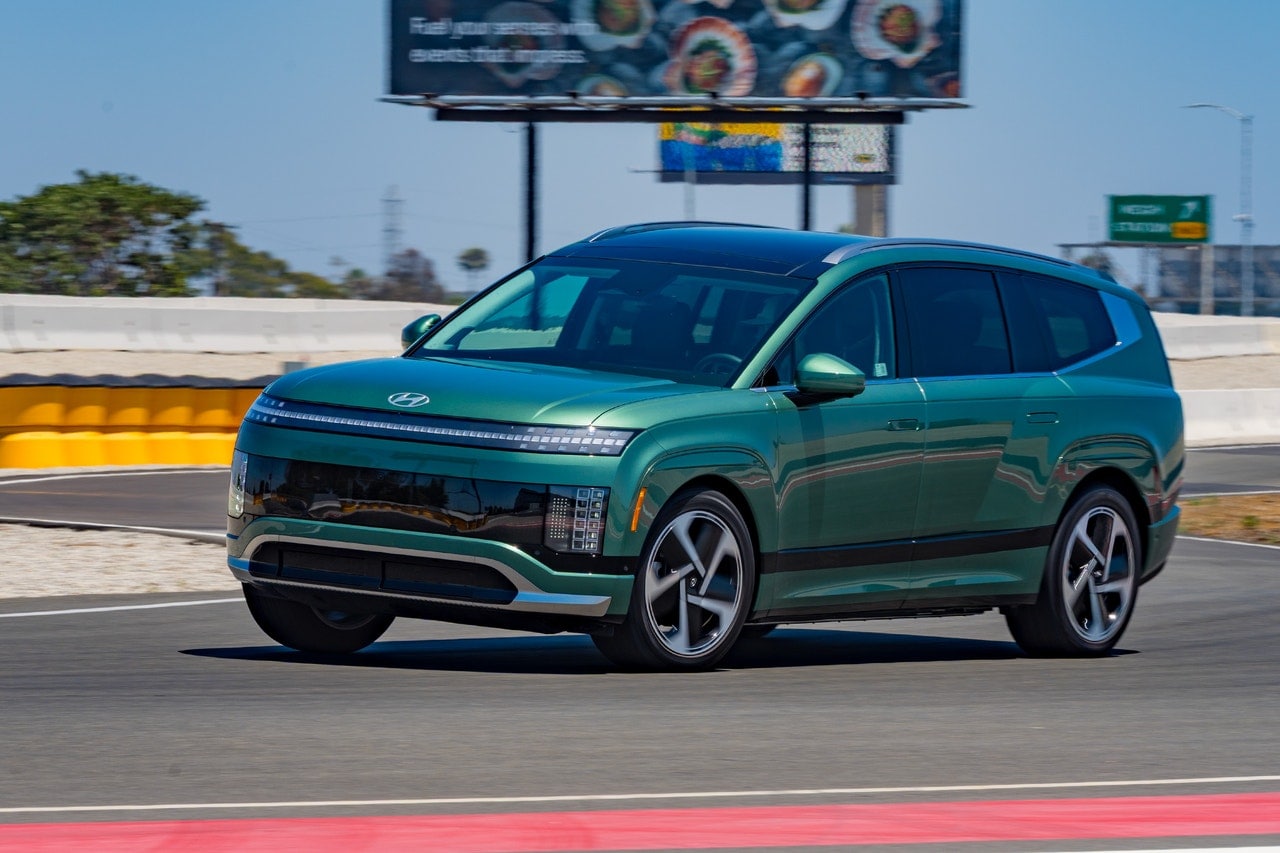
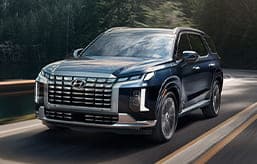
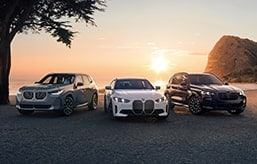
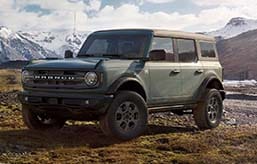
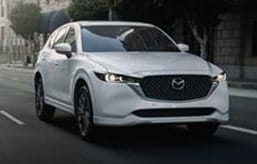
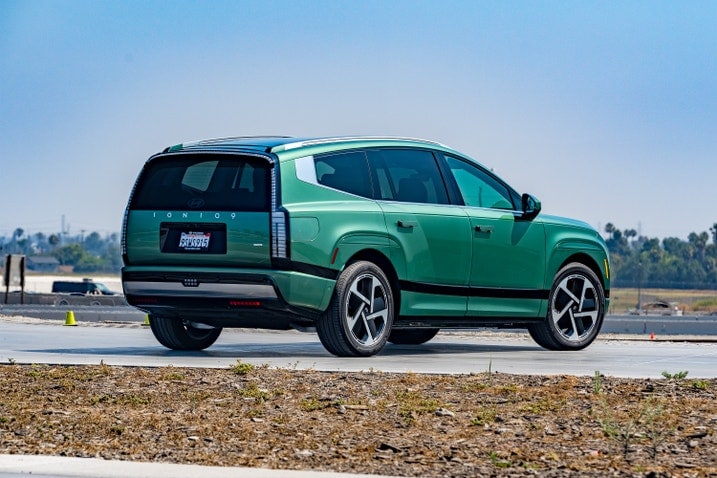
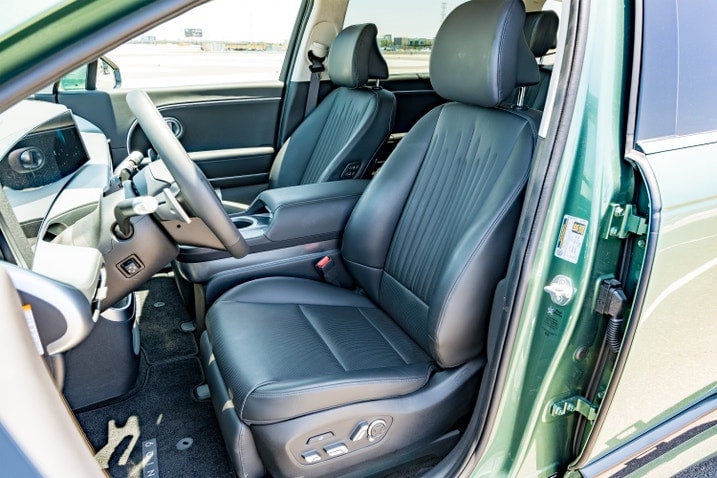
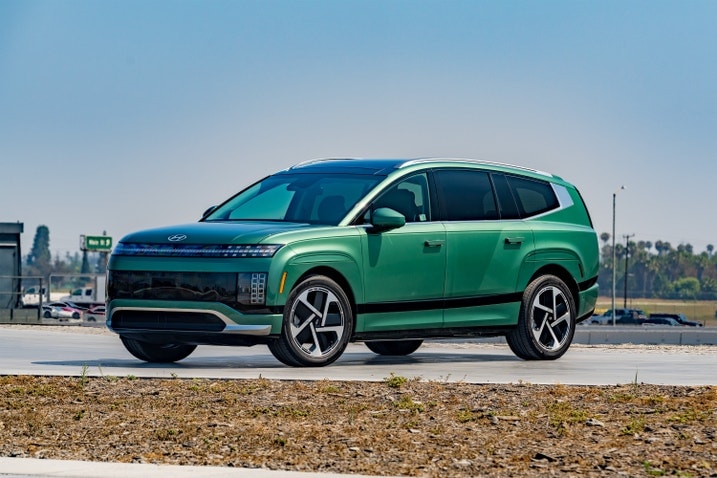
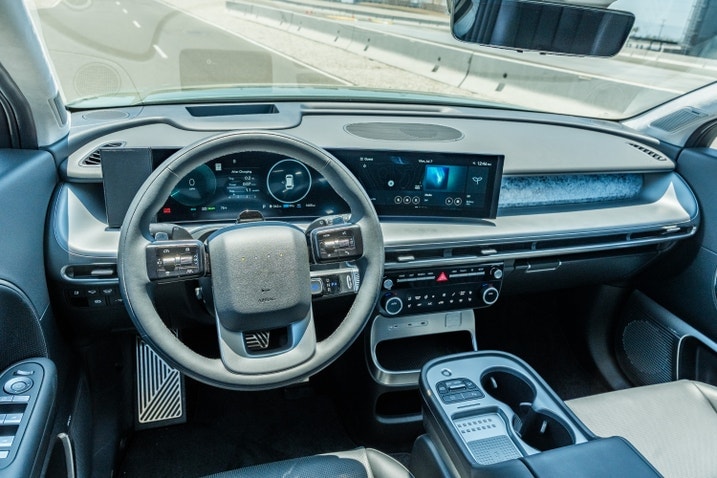
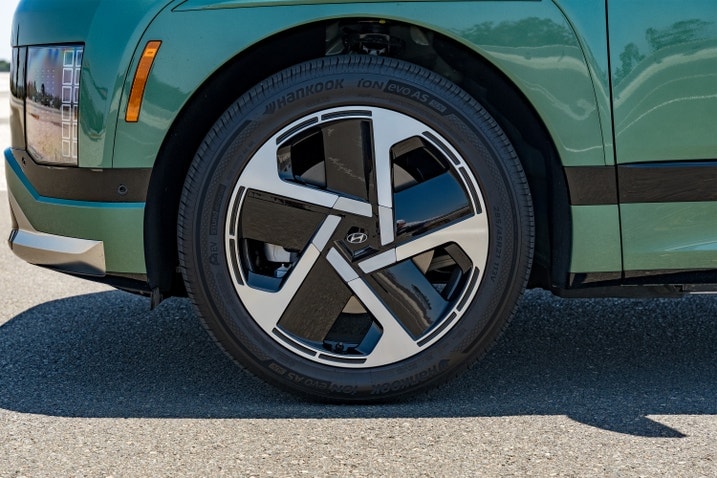
 by
by  edited by
edited by